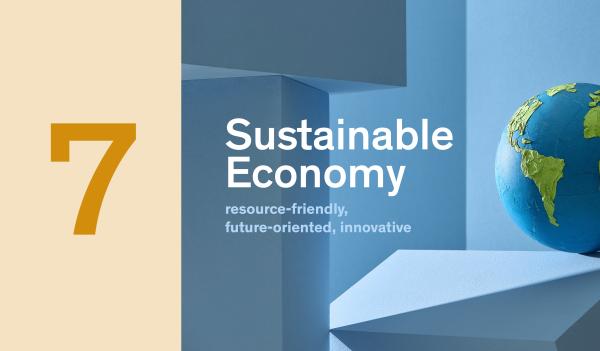Supply Chains
Sustainability in supply chains means assessing environmental, social and economic impacts as well as promoting good governance across the entire value chain of products and services. The per capita environmental impacts of Switzerland's global supply chains are the highest in the world.
To be able to improve the negative impacts of Switzerland's economic activities and public procurement, innovative approaches need to be developed. Approaches and new findings in this regard can be found in three research projects.
The Co-Creation Lab "Data Transparency for Sustainability" provides access to comprehensive data on Switzerland's global supply chains. This advances the state of the art in environmental and social life cycle analysis and provides a comprehensive overview of the Swiss consumption footprint.




